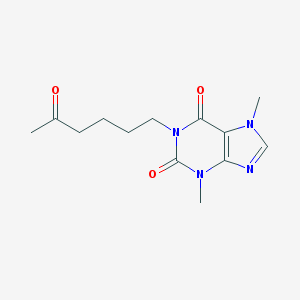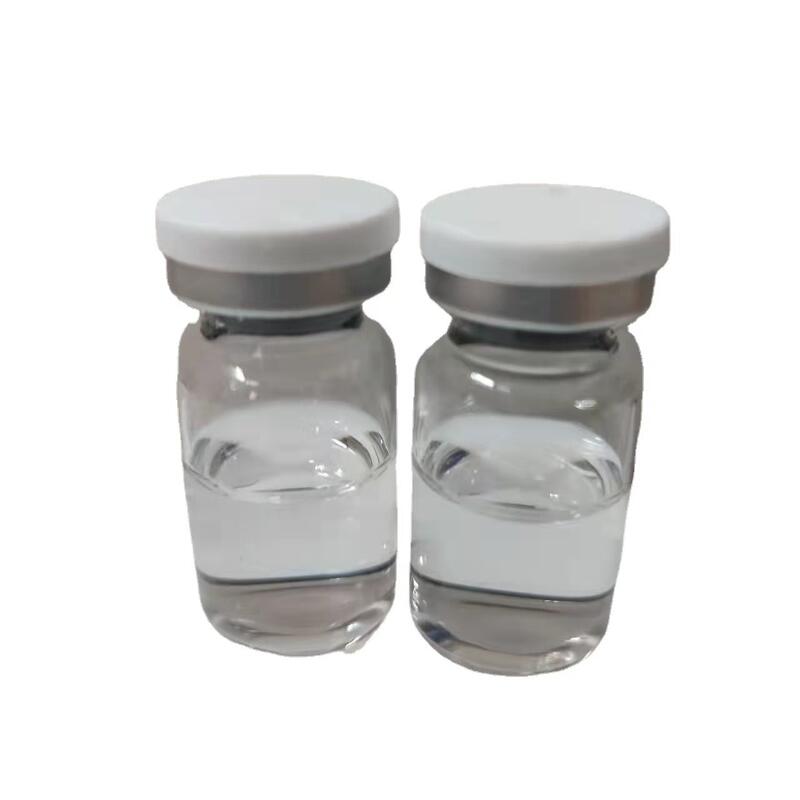-
Categories
-
Pharmaceutical Intermediates
-
Active Pharmaceutical Ingredients
-
Food Additives
- Industrial Coatings
- Agrochemicals
- Dyes and Pigments
- Surfactant
- Flavors and Fragrances
- Chemical Reagents
- Catalyst and Auxiliary
- Natural Products
- Inorganic Chemistry
-
Organic Chemistry
-
Biochemical Engineering
- Analytical Chemistry
-
Cosmetic Ingredient
- Water Treatment Chemical
-
Pharmaceutical Intermediates
Promotion
ECHEMI Mall
Wholesale
Weekly Price
Exhibition
News
-
Trade Service
Introduction:
7-Amino-8-oxo-3-(cis-prop-1-enyl)-5-thia-1-azabicyclo[4.
2.
0]oct-2-ene-2-carboxylic acid diphenylmethyl ester hydrochloride is a synthetic chemical compound that has gained popularity in the pharmaceutical and chemical industries due to its unique properties.
It is often used as an intermediate in the production of various drugs and chemicals.
However, the use of this compound has raised concerns about its safety, especially in the workplace.
This article aims to examine the safety of 7-Amino-8-oxo-3-(cis-prop-1-enyl)-5-thia-1-azabicyclo[4.
2.
0]oct-2-ene-2-carboxylic acid diphenylmethyl ester hydrochloride in the chemical industry.
Chemical Profile:
7-Amino-8-oxo-3-(cis-prop-1-enyl)-5-thia-1-azabicyclo[4.
2.
0]oct-2-ene-2-carboxylic acid diphenylmethyl ester hydrochloride is a colored solid that is soluble in organic solvents such as ethanol and acetonitrile.
The chemical structure of this compound consists of a phenyl group, an amino acid, and a thiazole ring, which makes it highly reactive and unstable.
This instability makes it highly susceptible to oxidation, reduction, and hydrolysis, which can lead to the formation of toxic byproducts.
Toxicity Profile:
The toxicity of 7-Amino-8-oxo-3-(cis-prop-1-enyl)-5-thia-1-azabicyclo[4.
2.
0]oct-2-ene-2-carboxylic acid diphenylmethyl ester hydrochloride has been investigated in various studies.
In vitro studies have shown that this compound is cytotoxic to human cancer cells and is able to induce cell death through apoptosis.
However, in vivo studies have shown that the compound is highly toxic to animals, causing damage to the liver, kidneys, and heart.
The lethal dose of the compound in rats is estimated to be around 200mg/kg, which is relatively high.
Effects on Human Health:
The effects of 7-Amino-8-oxo-3-(cis-prop-1-enyl)-5-thia-1-azabicyclo[4.
2.
0]oct-2-ene-2-carboxylic acid diphenylmethyl ester hydrochloride on human health are not well established, but the available data suggest that it may have adverse effects on the respiratory, cardiovascular, and nervous systems.
Inhalation of the vapor or mist of this compound has been reported to cause irritation of the eyes, nose, and throat, which can lead to respiratory problems.
Prolonged exposure to the compound has been linked to symptoms such as headaches, dizziness, and nausea, which may indicate neurotoxicity.
Additionally, the compound has been shown to cause liver and kidney damage in animals, which may indicate that it has similar effects on human health.
Conclusion:
The safety of 7-Amino-8-oxo-3-(cis-prop-1-enyl)-5-thia-1-azabicyclo[4.
2.
0]oct-2-ene-2-carboxylic acid diphenylmethyl ester hydrochloride in the chemical industry is a subject of ongoing debate.
While the compound has shown promise as an







